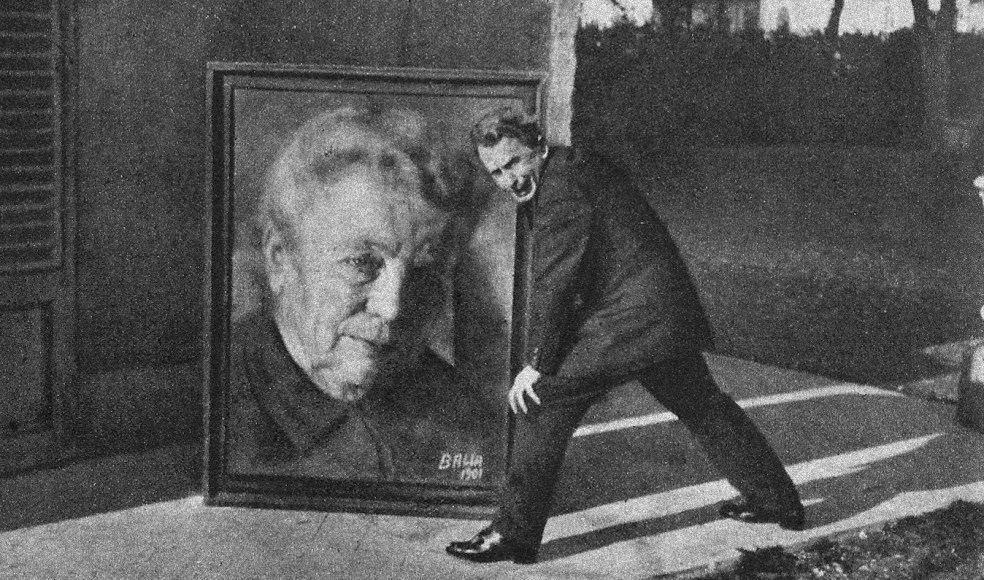Paravento Balla
- Designer:
- Giacomo Balla
- Brand:
- Cassina
We don't appear to have any products related to your search term. Please try again.
Shipping and discount codes are added at checkout.

Giacomo Balla was born in Turin on the 18th of July 1871. He was an Italian painter, sculptor, set designer and "freeword" author.
Giacomo Balla (1871–1958) was an influential Italian painter and one of the leading figures in the Futurist movement. Known for his dynamic and vibrant works that explored movement, speed, and modernity, Balla’s artistic contributions laid the groundwork for future developments in modern art, especially in the realm of abstraction and motion.
Balla's work, particularly his paintings of light, movement, and the urban landscape, was characterized by an interest in the dynamism of modern life. He was a pioneer of the idea of depicting motion in a static medium, often through fragmented forms and overlapping lines. His famous works like Dynamism of a Dog on a Leash (1912) and Abstract Speed + Sound (1913) exemplify this approach.
Regarding Cassina, a renowned Italian furniture manufacturer, Giacomo Balla's work is integral in the company's design history. He collaborated with Cassina in the 1950s on the creation of furniture pieces that reflected his Futurist principles, particularly his exploration of movement and dynamic forms. Balla designed several avant-garde, visually striking pieces that integrated his artistic ethos with furniture design, pushing the boundaries of what furniture could represent in terms of art, innovation, and modernity.
His work for Cassina is notable for its integration of the artistic and functional, transforming everyday furniture into dynamic works of art that reflect the principles of Futurism.